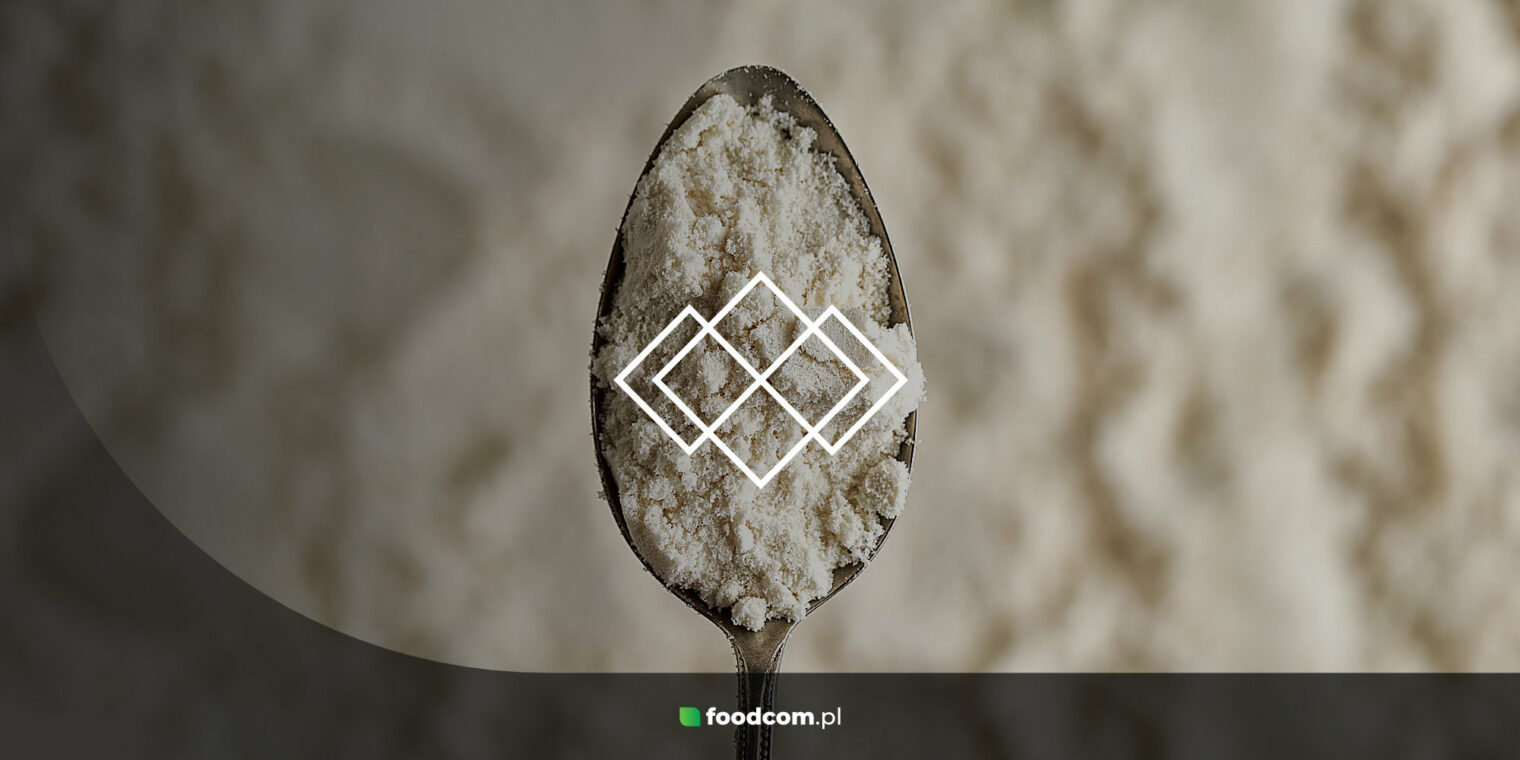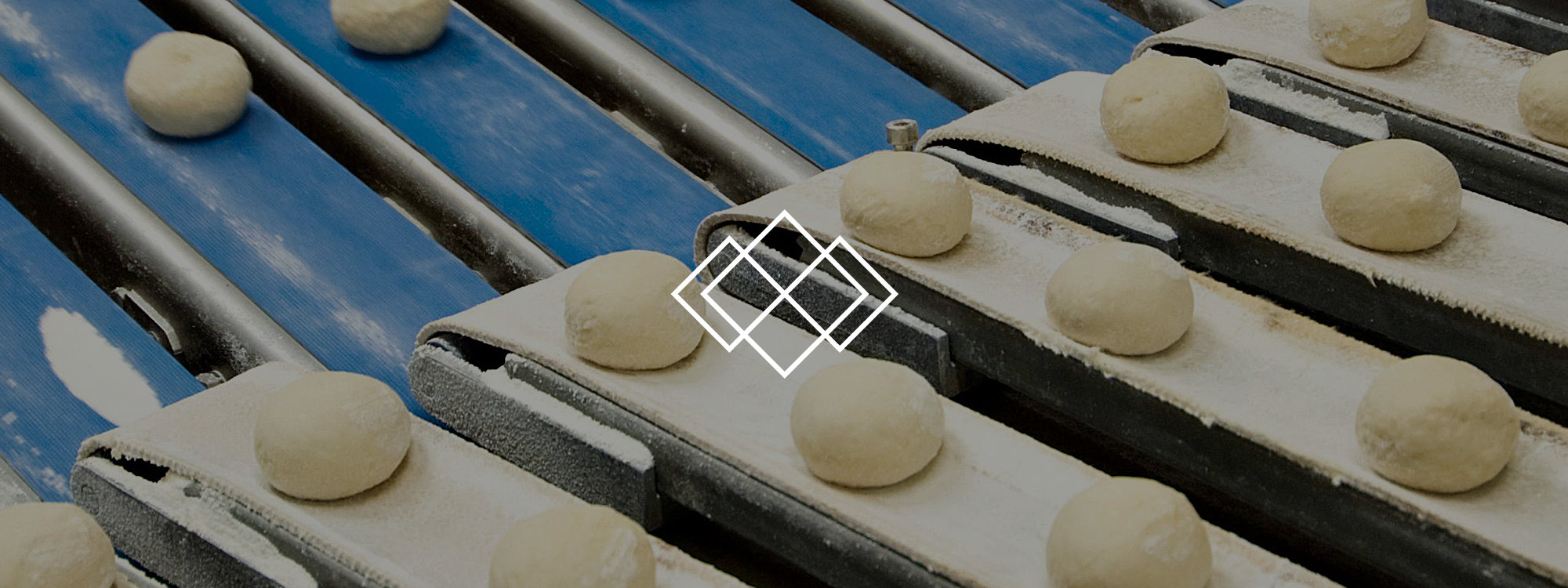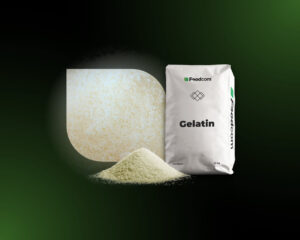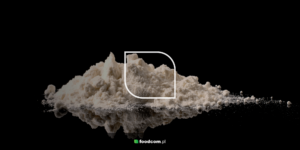- Functional additives are used to change the texture, taste or color of foods or to extend their shelf life.
- They give products a uniform texture, desired taste and appearance, and keep them fresher longer.Functional additives include colorants, preservatives, emulsifiers or stabilizers.
Functional additives
To understand what functional additives in food are, you must first define the term food additive. According to a 2008 European Union regulation, food additives are substances that are not consumed as such as food, but are intentionally added to food for technological reasons. Food additives are divided into several groups, including functional additives, which are used to change the texture, taste or color of products or to extend their shelf life.
Functional additives are very useful in the food industry because they help meet consumer expectations for food – not only are products more esthetically pleasing, but they also stay fresher longer. If you want to learn more about functional additives and how you can use them in your business, be sure to read on!
Functional additives – functions
As mentioned earlier, functional additives affect the texture of products. They make them smooth and uniform and prevent liquid products from separating. In addition, they also affect color and taste – they give the product a certain color, improve the appearance and bring out the flavor.
Functional additives also contribute to a longer shelf life by reducing food spoilage and preventing fresh fruit exposed to the air from turning brown.
Types of functional additives
Food additives are generally divided into natural and synthetic additives. Functional additives, in turn, can be divided into several basic groups based on the functions they perform.
- Colorants (E100-E199) – these are substances that either impart or restore color to foods. They are used in the production of gummy bears, candies, sweets for children in general or for coloring yogurt. Colorants are, for example, curcumin, riboflavin or caramel.
- Preservatives (E200-E299) – these are substances that extend shelf life by protecting against spoilage due to the presence of microorganisms or against the growth of pathogenic microorganisms. Examples are sorbic acid, Sodium Benzoate or nisin.
- Antioxidants and Acidity Regulators (E300-E399) – Antioxidants are substances that protect against the spoilage of products by oxidation, the effects of which are rancidity of fat or color changes. Acidity Regulators, on the other hand, are substances that alter or control the acidity or alkalinity of a food. These include Ascorbic Acid (Vitamin C), Citric Acid or Lecithins.
- Emulsifiers, leavening agents, gelling agents (E400-E499) – Emulsifiers are used to create and maintain a mixture of two immiscible liquids, leavening agents release gas to increase the volume of the dough, and gelling agents give products a gel-like consistency. Such substances are Gelatin, agar, Xanthan Gum, pectin, gum arabic, locust bean gum.
- Flavor enhancers (E600-E699) – are substances that have no flavor themselves, but are added to enhance the flavor of foods. Flavor enhancers are Sodium Glutamate, disodium guanylate, disodium ribonucleotide, disodium inosinate.
- Sweeteners (E900-E999) – are substances that impart a sweet taste to foods or are used in sweeteners. They include: Xylitol, Erythritol, Sorbitol, Aspartame.
- Stabilizers, thickeners (E1000-E1999) – substances that maintain the physical and chemical properties of foods or increase their viscosity. These include, but are not limited to, modified starches.
Examples of the most important functional additives
Gelatin
Gelatin is a natural functional additive. Its main properties are viscosity and gelling ability. In foods it is contained in: fruit and meat jelly, yogurt, cottage cheese and dairy desserts. Learn more about Gelatin in our article.
Citric acid
Citric Acid is a chemical compound found in citrus fruits, but can also be chemically extracted. When added to products, it lowers the pH of the product, making the products last longer. Citric Acid also makes products taste more acidic and helps preserve the original color of fruits and vegetables. It is found in fruit preparations, confectionery, beverages, canned foods or dairy desserts. There are many more industrial uses. Read our article to learn more!
Sodium Glutamate
This is one of the most commonly used flavor enhancers. Sodium Glutamate is the sodium salt of glutamic acid. It enhances the ‘umami’ taste and is therefore often used in food production, especially in meat, soups, baked goods or spices.
Why Foodcom?
Our great team of Sales Support will help our Traders conduct the contract and business deals in a smooth and efficient way to ensure the best quality service to all our Business Partners. Our logistics team will take care of transportation and the financial department will be responsible for all matters connected with the financial part of the deal. Do not hesitate! Contact us.









